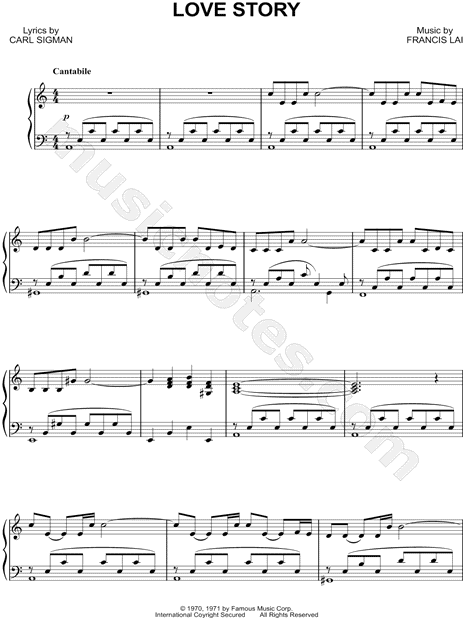
In 1980, famous Hong Kong songstress Paula Tsui (Xu Xiaofeng) released a version of this song with the same melody and added Cantonese lyrics inspired by Frank Mills' Official music video, it was arranged by Paulino Chris Babida and with lyrics by Cheng Kwok Kong (Zheng Guojiang). German singer Marion Maerz made a German vocal version of the song, and The Wiggles covered it on the video/album Racing to the Rainbow. It was also recorded by Enormous Richard for the Pravda Records compilation 20 More Explosive Fantastic Rockin' Mega Smash Hit Explosions!. Germany's Roberto Delgado recorded a calypso version, and an accordion version was released in Sweden. Bandleader Ray Conniff added lyrics and titled the song on his album I Will Survive in 1979. "Music Box Dancer" has been recorded by such pianists as Floyd Cramer, Richard Clayderman, Roger Williams and Eric Robertson, and by orchestral artists such as James Last and 101 Strings. Mills also released a version of Ricky Nelson's "Poor Little Fool" with substantial airplay in Ontario during the 70's and 80's. Mills managed one final Adult Contemporary chart entry, "Happy Song", which peaked at #41 at the beginning of 1981. Top 40 pop hit the follow-up, another piano instrumental titled "Peter Piper", peaked at #48 on the Billboard Hot 100, although it was a popular Top 10 hit on the Billboard Adult Contemporary chart. Around that time, Nashville, Tennessee television station WNGE used Music Box Dancer as its news theme it became so popular among Middle Tennessee viewers that Polydor awarded a gold record to WNGE for breaking the single in the U.S. The million-selling Gold-certified single reached #3 on the Billboard Hot 100 in the spring of 1979 as well as #4 on the Billboard Easy Listening chart, while the album reached #21 on the Billboard Top Album chart and also went gold. Mills's album went gold in Canada, which, after several months, prompted Polydor in the US to release the album and single with the B-side "The Poet and I". "Music Box Dancer" also began picking up play on other Canadian stations around this time, becoming a nationwide hit. "Music Box Dancer" premiered on CFRA's top 30 chart on by June 30, it was the #1 song on the station's playlist. He liked "Music Box Dancer" and added it to his station's playlist. The program director played the A-side and could not figure out why it had been sent to his station, so he played the B-side to see if the record label had been mistakenly marked.

The single was sent to easy-listening stations in Canada, and one copy was mistakenly sent to CFRA, an Ottawa pop station. When he re-signed with Polydor Records Canada in 1978, the label released a new song as a single, with "Music Box Dancer" on the B-side. In 1974 Mills released an album that featured "Music Box Dancer", but it was not initially a hit.


Ī few notes are missing in the third repeated introduction to the main melody, which could not be corrected, as Mills did not have the funds to record another take. The single also did well in Australia, reaching #14 on the Australian Singles Chart (Kent Music Report). Released as a single in the United States in January 1979, it reached #3 on the Billboard Hot 100 chart on the week ending May 5, and also reached #3 on the Canadian Adult Contemporary chart and #47 on the Canadian pop chart. By Christmas of that year, it was in the top ten of many European and Asian pop music charts. Mills wrote and recorded "Music Box Dancer" in 1974, but it did not become a single until December 1978. (Most modern piano music sheets have the song in the key of C major.) It features an arpeggiated piano theme in C-sharp major (enharmonic to D-flat major) designed to resemble a music box, accompanied by other instruments playing a counterpoint melody as well as a wordless chorus. " Music Box Dancer" is an instrumental piece by Canadian musician Frank Mills that was an international hit in the late 1970s.


 0 kommentar(er)
0 kommentar(er)
